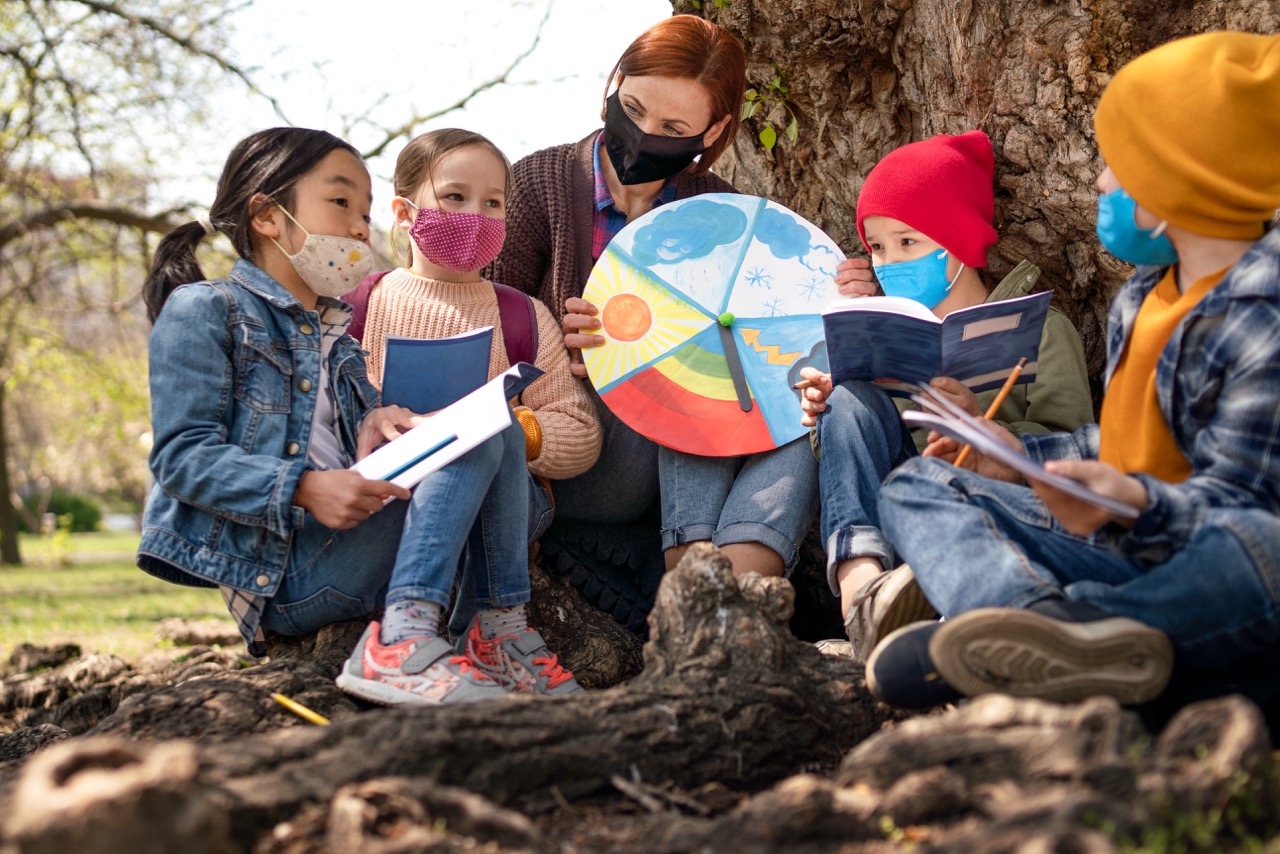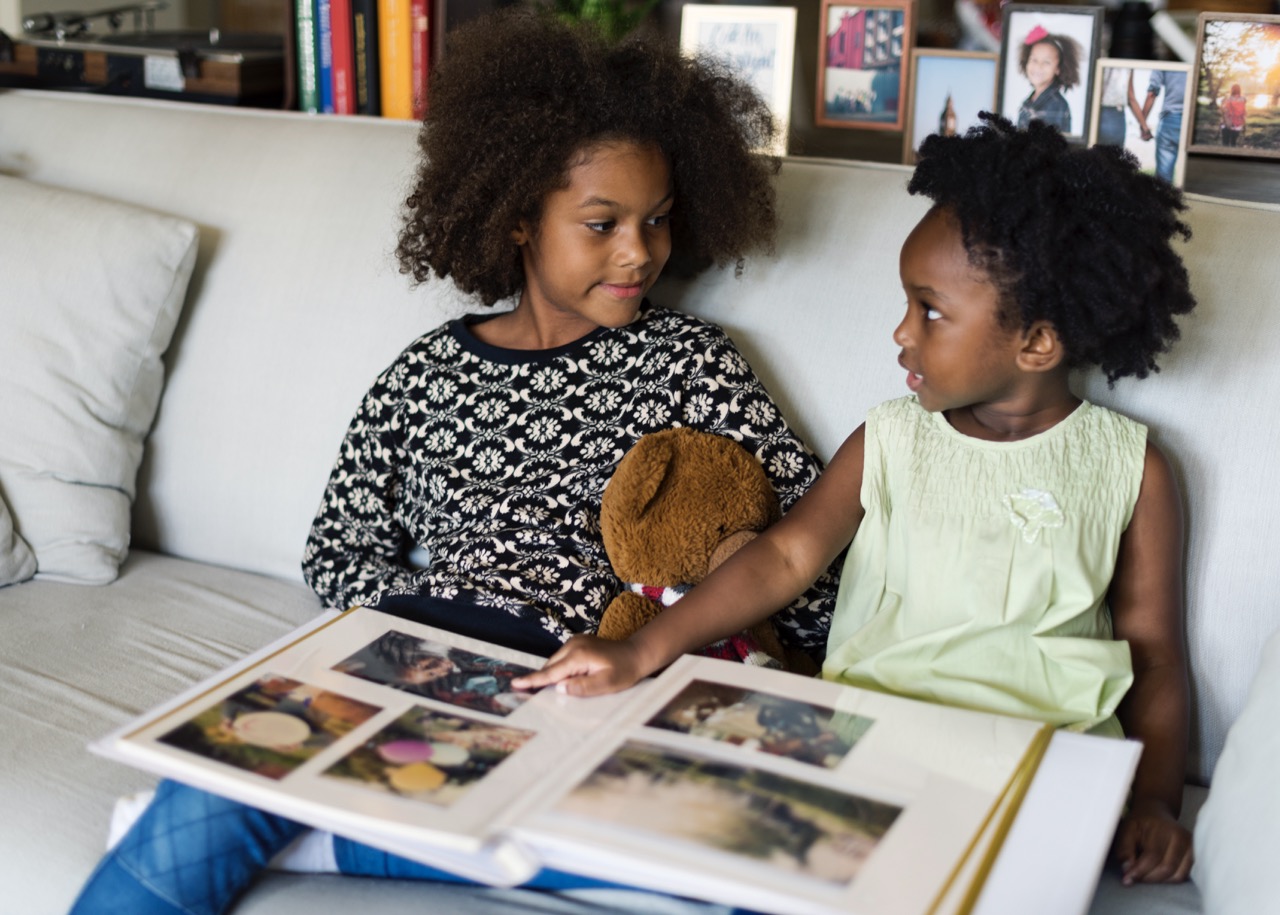Friendship is an integral part of childhood, shaping experiences and building foundations for social skills that last a lifetime. Children’s literature offers a vibrant kaleidoscope of stories that highlight the joys, challenges, and unique dynamics of friendships. From whimsical tales of imaginary pals to poignant narratives about loyalty and empathy, books can serve as both mirrors and windows for young readers. This article explores some of the best books about friendship for kids, highlighting key themes and lessons that can help foster a deeper understanding of companionship.
Exploring the Magic of Friendship Through Children’s Literature
Children’s literature is a treasure trove of stories that delve into the complexities of friendship. Each narrative provides a unique lens through which young readers can explore these vital social connections. Books often portray friendships as magical and transformative, offering characters who navigate the ups and downs of loyalty, trust, and understanding. Through relatable protagonists, children can see themselves reflected in the stories, enhancing their ability to empathize with others.
The themes of friendship in children’s literature are often enriched by imaginative storytelling. Whether through whimsical plots or heartfelt dialogues, these narratives invite children to engage with their peers and think critically about their relationships. Books can inspire them to value friendship as an essential part of life, encouraging them to form connections that foster healthy emotional development. As kids read about characters who face challenges together, they learn about perseverance, conflict resolution, and the importance of support.
Moreover, the diverse range of characters and settings in friendship stories can spark the imagination and enable children to envision their friendships in new and expansive ways. From animals living in enchanted forests to children sharing adventures in bustling cities, these tales transport readers to worlds where friendship is celebrated. Through these captivating narratives, children’s literature showcases the magic of friendship and instills a sense of wonder about human connections.
Top Picks: Must-Read Books Celebrating Friendship
When it comes to celebrating friendship, several standout books have captured the hearts of young readers. "The Giving Tree" by Shel Silverstein is a classic that explores the selflessness inherent in true friendship. The poignant story of a tree that gives everything for the boy it loves teaches children about love, sacrifice, and the different forms that friendship can take over time. It’s a timeless exploration of giving and receiving in relationships.
Another must-read is "Best Friends" by Shannon Hale and LeUyen Pham, which depicts the ups and downs of friendship through the eyes of two young girls. The beautifully illustrated pages take readers on a journey through the emotional rollercoaster of childhood friendships—navigating misunderstandings, jealousy, and ultimately, reconciliation. This book resonates strongly with children, providing an authentic portrayal of the complex nature of friendships at a young age.
Lastly, "A Sick Day for Amos McGee" by Philip C. Stead highlights the theme of caring in friendships. Amos, a gentle zookeeper, always puts his animal friends first, and when he falls ill, they come to his aid. This heartwarming tale showcases the idea that true friends are there for each other in times of need, reinforcing the values of kindness and reciprocity. Together, these stories create a rich tapestry that celebrates the essence of friendship in ways that are both engaging and thought-provoking for children.
Lifelong Lessons: What Kids Learn About Friends
Reading about friendship teaches children valuable lessons that extend far beyond the pages of a book. One of the most fundamental lessons is the importance of empathy. As kids follow characters through their triumphs and challenges, they learn to recognize and understand the emotions of others. This understanding fosters emotional intelligence, helping children to navigate their relationships with compassion and care.
Additionally, stories about friendship often illustrate the significance of communication. Through dialogue and interactions between characters, children can see firsthand how effective communication can resolve misunderstandings and strengthen bonds. These narratives encourage kids to express their feelings openly and honestly, equipping them with the tools they need to maintain healthy relationships in their own lives.
Furthermore, the lessons of forgiveness and conflict resolution are prevalent in many friendship stories. Children learn that disagreements are a natural part of any relationship, and resolving conflicts often leads to deeper connections. By witnessing characters who repair their friendships after misunderstandings, kids grasp the idea that true friends can overcome challenges together, instilling resilience and hope in their own social interactions.
Diverse Stories: Friendship Across Cultures and Backgrounds
In an increasingly interconnected world, children’s literature plays a crucial role in introducing diverse perspectives on friendship. Books like "Last Stop on Market Street" by Matt de la Peña showcase friendships that blossom across different socioeconomic backgrounds. Through the eyes of young CJ, readers explore themes of community, understanding, and the beauty of making connections despite differences, highlighting the importance of empathy in forming friendships.
Moreover, stories such as "The Name Jar" by Yangsook Choi emphasize cultural identity and the significance of accepting one another. When a young girl named Unhei arrives in America from Korea, she struggles with her name and fitting in. Her journey showcases the power of friendship in helping individuals embrace their uniqueness and find acceptance in a new environment. These narratives not only promote understanding but also celebrate the beauty of diversity in friendships.
Furthermore, books like "Friends From the Other Side" by Julia Alvarez provide insights into the experiences of immigrant children and the friendships they cultivate in unfamiliar settings. Through these stories, children learn the importance of solidarity and support, demonstrating that friendships can thrive even amidst cultural differences. By exploring various backgrounds and experiences, children’s literature fosters inclusivity and teaches lessons about the universal nature of friendship.
Engaging Activities to Enhance Friendship Themes
To deepen children’s understanding of friendship themes explored in literature, engaging activities can be implemented. One effective approach is to host a "Friendship Book Club," where children gather to read and discuss selected friendship-themed books. This setting encourages open dialogue and gives children the opportunity to express their thoughts and feelings about the characters and their friendships, reinforcing the lessons learned through the stories.
Another activity to enhance friendship themes is to create a “Friendship Journal.” Children can be encouraged to write about their friendships, documenting moments of joy, conflict, and resolution. This reflective practice not only helps kids articulate their emotions but also fosters a deeper understanding of their relationships. They can also illustrate their journal entries, adding a creative element that makes the activity more enjoyable.
Art projects can also serve as a powerful way to explore friendship. For instance, children could collaborate on a mural that represents their understanding of friendship, incorporating symbols, colors, and images that resonate with their experiences. This collective effort not only nurtures teamwork but also reinforces the value of collaboration and connection, making the theme of friendship come to life in a tangible way.
Building Bonds: How These Books Foster Connection
The impact of friendship-themed books extends far beyond individual reading experiences; they play a vital role in fostering connections among children. By sharing stories that highlight the essence of friendship, kids develop a shared language to discuss their own relationships. This common ground creates opportunities for deeper conversations and can strengthen bonds among peers.
Moreover, reading books about friendship can prompt children to reflect on their own friendships, inspiring them to reach out to their friends with kindness and understanding. By understanding the complexities of relationships through their favorite characters, children are more likely to recognize the importance of nurturing their friendships. This awareness can lead to increased acts of kindness, support, and emotional intelligence in their interactions.
Finally, the discussions and activities centered around friendship books can forge lasting connections among children. Whether through book clubs, journal entries, or collaborative art projects, these shared experiences allow children to explore the nuances of friendship together. As they engage with each other on these themes, they are likely to develop more profound and meaningful connections, thus reinforcing the message that friendship is a lifelong journey worth celebrating.
In conclusion, children’s literature offers a remarkable array of books that celebrate the magic of friendship, providing young readers with valuable lessons that resonate throughout their lives. From understanding empathy and communication to exploring diverse backgrounds and experiences, these stories equip children with essential social skills. By engaging in related activities, children can further deepen their understanding of friendship, fostering connections that may last a lifetime. As we continue to explore these narratives, we can help children appreciate the beauty and significance of the friendships they form, nurturing a generation that values companionship and kindness.










